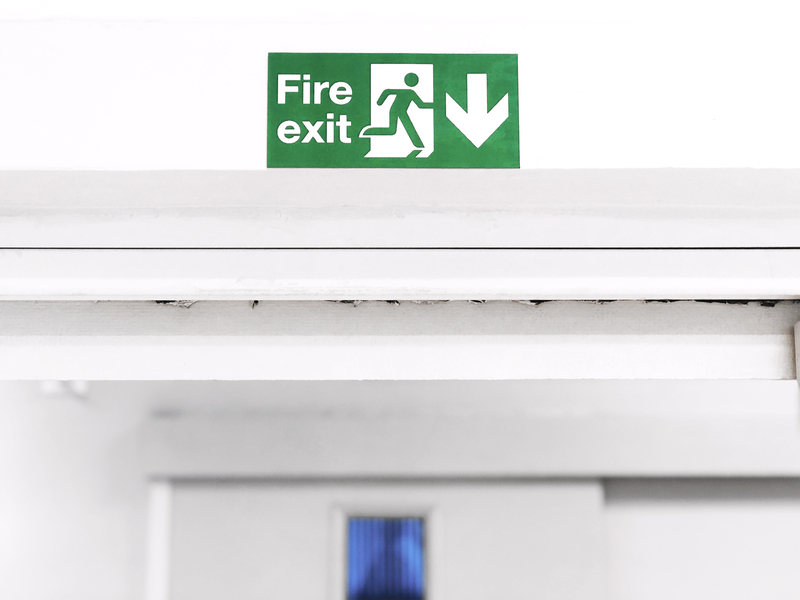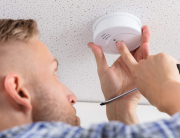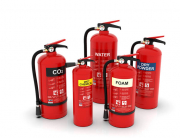Implementing a fire risk assessment within your workplace is essential and mandatory by law if the workplace is a commercial building. Your policy will:
- Train your staff so they know what to do if a fire breaks out.
- Lessen your insurance costs.
- Ensure the fire is contained so there’s minimal damage.
- And most importantly, it could save lives.
As a business owner, it’s your responsibility to ensure your fire risk assessment is up to date, is updated based on changes to the workplace, and that all your staff knows exactly what to do.
What You’ll Need to Include
Your assessment needs to consider:
· Fire Risks
Have a professional assessor determine the fire risks. They’ll be able to identify high-risk areas where fires could break out. These could be in kitchen areas, office buildings where there are a lot of loose wires, or chemical waste areas.
Once the hazards have been identified, it’s then your responsibility to minimise the risk.
- Go paperless – Removing the ignition sources.
- Tidy up wires – Pull wires together with cable ties to minimise loose connections.
- Clean break area – Food spillages or water damage can easily develop into an ignition hazard.
· Extinguishers
Ensure you have fire extinguishers for every type of fire next to fire exits. Once your staff is trained to use them, it could prevent a fire from getting out of hand.
· Smoke Detectors
Knowing about the fire as soon as possible will help you get everyone out of the building safely. Check your detectors and fire alarm weekly to ensure they’re working.
· Who’s in Your Building
You need to know exactly who’s in your building to make sure you get everyone out in an evacuation. Keep a signing in and out system which you can grab on your way out of the building. That way, you’ll be able to see immediately if there’s someone left inside.
· Action Plan
Ensure all your staff knows which exit is closest and where the fire meeting point is. Promote a calm, clear exit strategy to be confident that everyone will make it outside. Pushing and shoving may cause accidents which will escalate the problem.
Ensure all your staff knows to leave all their personal belongings behind. It’s not worth getting caught in a fire just to grab your phone.
· Responsible People
Appoint responsible people in each area of the business. They need to be assigned specific areas to check before they leave the building to pick up any stragglers.
· Protecting Vulnerable People
You’ll need a plan to protect people with low mobility. They can’t get out as fast as everyone else – so do you have a way that they can safely leave and a buddy to stay with them?
· Training
You MUST keep your training up to date. Each new member of staff needs to be well versed in your evacuation policy. You’ll also need to appoint fire marshals to train to use extinguishers and become responsible people.
It’s a good idea to have fire drills every few months to put their skills into practice.
Where Do I Start?
Get a professional fire risk assessment completed by a company. They’ll tell you what your main fire risks are and help you to implement a plan of action.
There are many companies out there registered with the BAFE Life Safety Fire Risk Assessment (SP205) scheme or under the Fire Risk Assessment Competency Council who will work with you to achieve a safe and accessible fire safe structure.
Contact Us
We hope that our blog has been informative, please don’t hesitate to give us a call on 01604 760 600 or head over to our contact page to fill in our online enquiry form.






